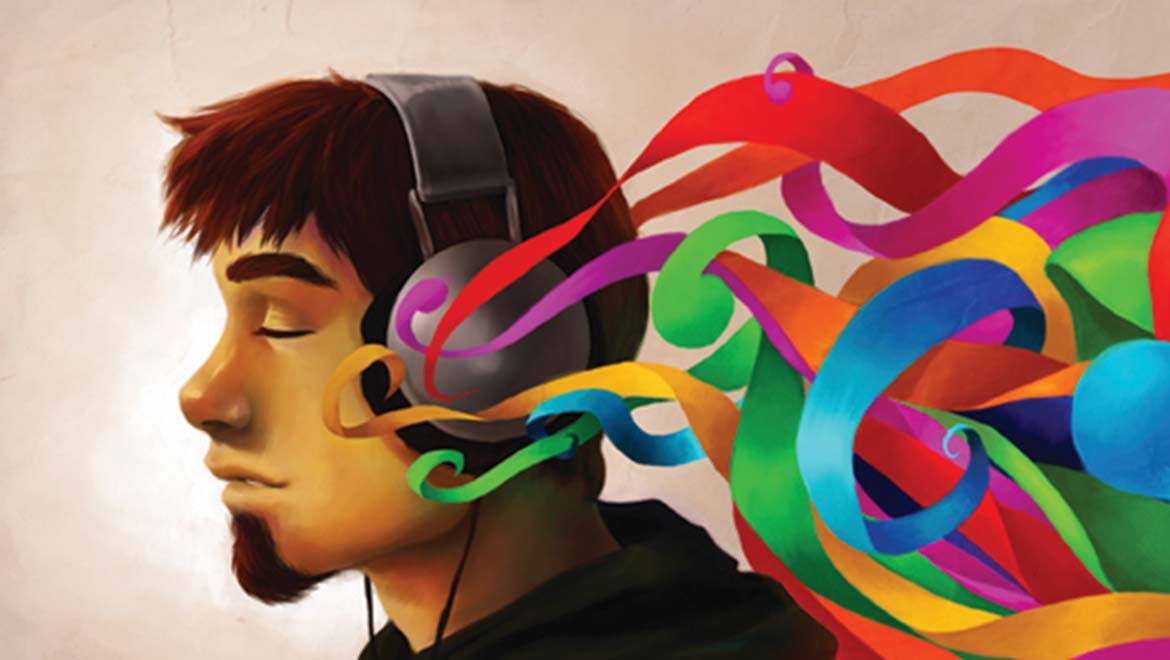
While the precise mechanism of synesthesia is still largely unknown, the prevailing hypothesis is that there is a genetic component that allows some people to have an increased cross-talk between neighboring areas of the brain that govern specific functions. But because people often don’t realize they have the condition, scientists believe that the actual number may be even greater. … It gave me something to start looking at and learning about.” Cross-talk Between SensesĪpproximately 4 percent of the general population has some form of synesthesia. “I thought, ‘Oh my god, there’s a name for it!’” Sheridan recalls. People with the most common type, grapheme-color synesthesia, see letters as colors. Some synesthetes can hear colors, feel sounds and see time as different points in space. It’s a type of sensory entanglement that can occur in a multitude of combinations, but there are at least 10 known forms of the condition. Then, one day, Sheridan’s editor gave her an article from the science section of the Wall Street Journal about synesthesia, a neurological condition in which one or more of the five senses, or other types of perception, crosses with another. Of course, didn’t understand, and I didn’t understand that he didn’t understand.” I would suggest words based on what I thought they looked like. A word like slain has a red A right in the middle, like a knife. “It has light letters, like I’s, L’s and E’s, but a word like murder is dark and foreboding. “A word like killed is lighter and brighter,” Sheridan explains. While working on headlines for the black-and-white pages of each issue, she would argue with her editor about words not being the right color. At the time, she was oblivious of the fact that other people didn’t experience words the same way she did. Sheridan first learned about her unique sensory experience in 2002, while working as an art director for the New York Daily News. January is light blue, February is light pink, March is yellow-green and April is raspberry. Sunday is dark blue, Monday is red-orange, Tuesday is gray-blue and Wednesday is yellow. She even sees the days of the week and months in color. “It’s almost as if a curtain of color bars comes in the back of my head.” I see the letter in whatever color it’s in, but in the back of my head, it’s glowing in my color,” Sheridan says. For example, “Emily” - which happens to be Sheridan’s favorite name - is spelled with five bright, cheerful colors: yellow, navy blue, white, periwinkle and light yellow. A is red, B is blue, C is lime green and so on.

They were infused with color in her mind. Or, in other words, someone with a neurological phenomenon known as synesthesia.įor as long as Sheridan can recall, letters and numbers weren’t just shapes and symbols. Instead, she hears the name in swaths of color using her own “color alphabet.”
Her mind isn’t trying to figure out what letter goes after the other to form the name. When Bernadette Sheridan hears your name, she doesn’t think about the spelling in a traditional sense.


 0 kommentar(er)
0 kommentar(er)
